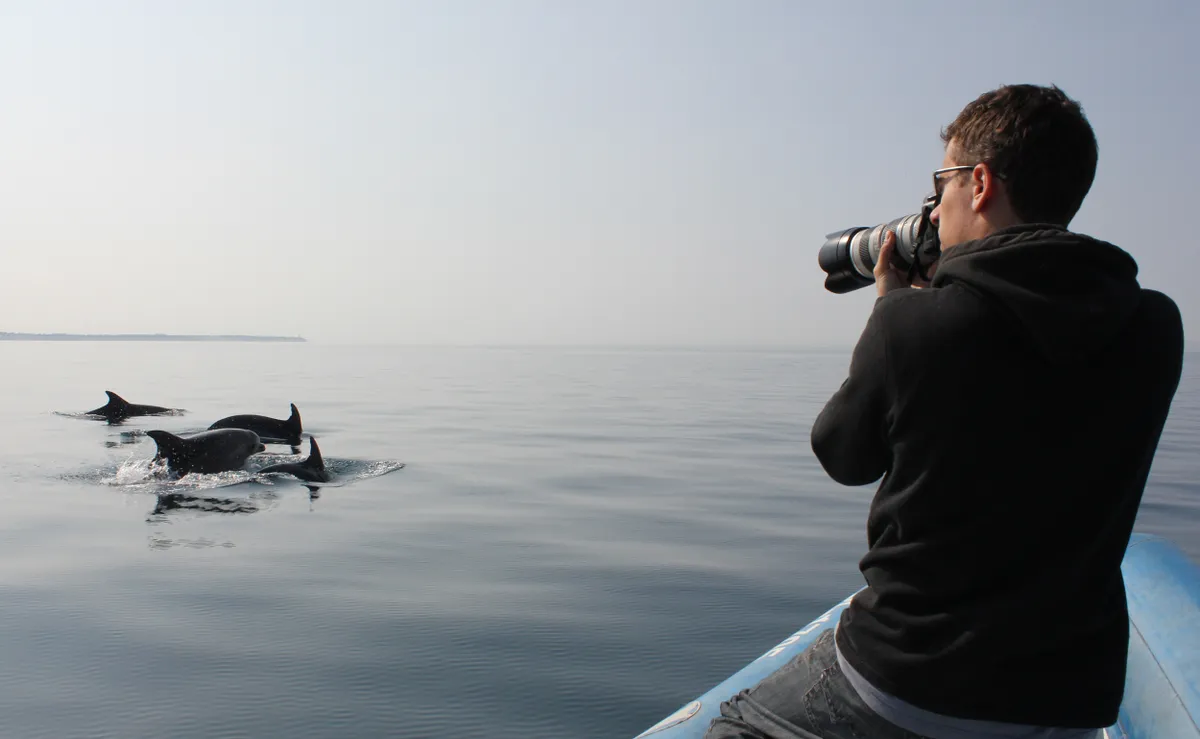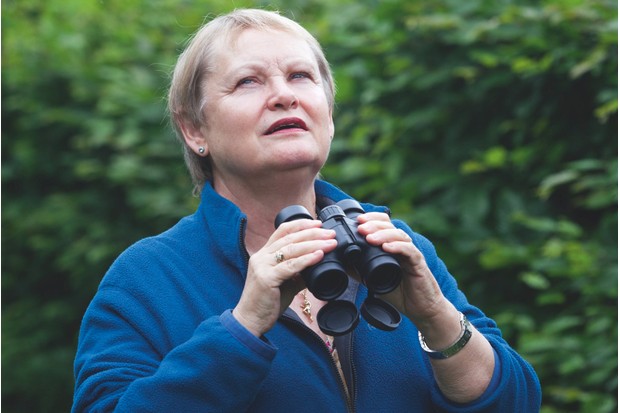Researchers from the Sea Mammal Research Unit at the University of St Andrews and the Morigenos Slovenian Marine Mammals Society have spent 16 years studying bottlenose dolphins in the Adriatic Sea between Italy and Slovenia.
They have found that the dolphins in their study, published in Marine Biology, form long-term friendships and most often hang around with their chosen dolphins in the same group, to the exclusion of disliked dolphins.

In the Bay of Trieste there are two tight knit groups of dolphins who only ever associate with their own gang, even though they have to share the same patch of sea with the rival group.
To get around this they take turns occupying particular areas, organising themselves so that each group has its designated time of day to be there.
Tilen Genov from St Andrews, says: “We were quite surprised by this. It is not uncommon for dolphins to segregate into different parts of the sea, but to have certain times of the day in which they gather is unusual.
“We would sometimes see one social group in the morning and then the other group in the same area in the late afternoon.”

There is a third, smaller social group of what the researchers have dubbed ‘freelancers’ who have much weaker bonds with their fellows and don’t appear to form long-term friendships.
The two, more bonded clusters also differed in ways they interacted with fisheries, as one regularly approached trawlers, while the other did not.
The study demonstrates how different segments of the same animal population may behave very differently. In turn they may react differently to human behaviour.
Understanding the dolphins’ social structure is not only interesting biologically, but may also help in conservation and management efforts, because it highlights that not all segments of a population necessarily respond to or interact with human activities in the same way, or at the same time.
